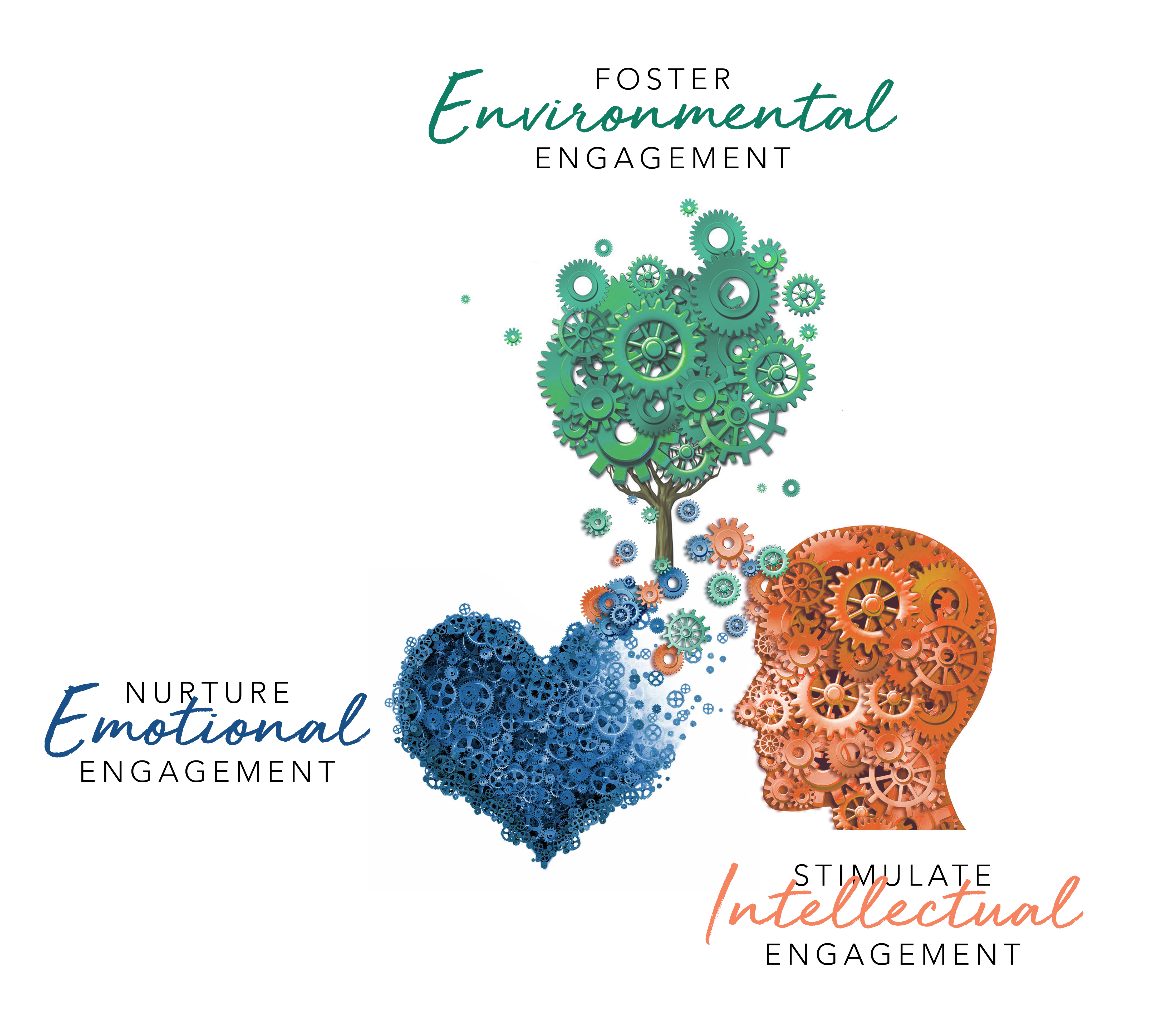Creating Engagement in the Blend
Hybrid Learning is the New Blended Learning Today’s learning environment is complicated. Not only do we need to intellectually engage individual...

 You’ve probably heard by now that, for the first time in history, our organizations include five generations of employees. For those of us in learning & development, that means our training programs must address the skills gaps, professional development needs, and future goals of divergently different groups of people.
You’ve probably heard by now that, for the first time in history, our organizations include five generations of employees. For those of us in learning & development, that means our training programs must address the skills gaps, professional development needs, and future goals of divergently different groups of people.
Before designing engaging learning environments, or facilitating content in an emotionally captivating way, or creating intellectually stimulating exercises and activities, understanding the fundamental characteristics of these five generations can set learning up for success.
Traditionalists
Born before 1946, Traditionalists are the most experienced group in our workforce. They grew up in the Great Depression, giving them an understanding of what it’s like to make do with scarce resources. World War II deeply impacted the attitudes of members of this generation, as most are:
On the job they tend to dislike conflict, prefer detail and structure, and are skeptical of change. In training, you may find they hesitate to use new technologies, so finding ways to incorporate their day-to-day technology preferences into the learning process may make it a more welcoming and effective experience.
Baby Boomers
Achievement-oriented and career-focused Baby Boomers have a reputation for being workaholics. Born between 1946 and 1964, they began their careers in a booming job market and healthy economy. These circumstances enabled access to education and created motivation around financial success. As a result of these circumstances, Baby Boomers tend to be:
Because Baby Boomers favor face-to-face interaction and appreciate rewards for their contributions, incorporating collaboration and achievement recognition into blends appeals to this group. Furthermore, most Baby Boomers look forward to sharing their expertise and experiences, so allowing for knowledge sharing helps them engage emotionally with the learning experience.
Generation X
Gen Xers, a group born between 1965 and 1978, are, like their Baby Boomer predecessors, well-educated. But shifting economic factors led to widespread skill shifting from manufacturing to servicing, changing their professional pathways. Impacted by hot-button social issues and technological evolution, Generation X tends to be:
Ultimately, Generation X detests micromanagement and incompetence, so learning experiences that offer fast feedback, flexible accessibility, and supportive technologies appeal to them. This group adapts well to change, so they will not be intimidated or frustrated by new ways of doing things, as long as they understand the success measures at play.
Generation Y
Born between 1979 and 1995, Generation Y grew up on the massive wave of technological changes that resulted in information accessibility. Their day-to-day lives have almost entirely included changing technologies, impacting their generational characteristics. Generally, Generation Y members are:
Because Generation Y values their social life, they also appreciate flexibility in work schedules. Their comfort with technology helps them learn effectively in virtual blended programs, but if a program does not meet their needs or expectations, they may lose interest quickly. Incorporating digital communication and collaboration helps them engage while also addressing their comfort with networking and working socially.
Generation Z
It’s hard to believe, but the youngest employees now working in our organizations were born after 1995. Bright-eyed and eager, they’ve had internet access their entire lives. But the sociocultural impacts on their development are still unfolding, giving leaders and L&D practitioners an incomplete picture of influences on their attitudes. Generally speaking, Generation Z employees are:
In our experience working with the newest generation of employees, incorporating non-traditional forms of learning and independent experiences into training works well for this group. Their ability to quickly learn new technologies and their eagerness to work together makes for a dynamic learning experience.
Obviously, these descriptions of each generation take a 5000-foot view. Not all employees match the prevailing common characteristics of their age group. For this reason, we encourage overarching engagement strategies that address these generalities, while also planning for personalization of the learning process.

Hybrid Learning is the New Blended Learning Today’s learning environment is complicated. Not only do we need to intellectually engage individual...

5 Recommendations to Design Brain-Based Activities for the Virtual Classroom, and What Virtual Learning Experts® Need to KnowThis is part of an...